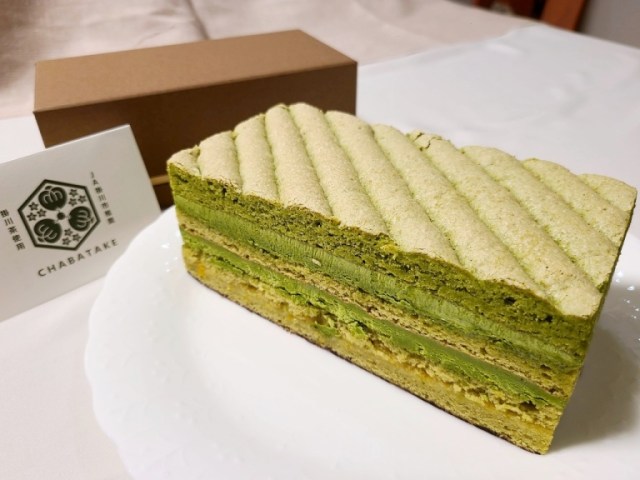
Teen shogi phenomenon Sota Fujii sets off surge in popularity for the Chabatake.
The game of shogi, sometimes referred to as Japanese chess, is a strategic contest. Professional matches involve lengthy pauses between moves, as competitors try to think several moves ahead of their opponent and spectators revel in the dramatic tension swirling underneath the players’ stoic countenances.
And yet, during one of Sota Fujii’s recent matches, many TV viewers were paying attention to what the 19-year-old shogi pro was eating. Because of the cerebral pace of top-level shogi, professional players can enjoy refreshments during their games, and while Fujii played part of Osho tournament inside Shizuoka Prefecture’s Kakegawa Castle, he dined on a green tea cake.
After doing some searching, we found out that Fujii’s dessert is a locally produced sweet called Chabatake, which means “Tea Field,” a nod to the tea farms Kakegawa City is famous for. Armed with this information, we immediately wanted to try it for ourselves, but Fujii, as the youngest five-crown tournament champion in shogi history, has a huge fanbase, and the spike in demand from his on-screen enjoyment of the cake means there’s now a one-month wait for online orders.
But they say patience is a virtue, and we’re more than happy to be virtuous if we’ll be rewarded with desserts, So we put in our order for our Chabatake, and after weeks of non-stop stomach growling whenever we thought of it, it arrived. Unfortunately, our wait wasn’t quite over. To ensure flavorful freshness, the cake ships frozen, so we couldn’t dig in right away and instead had to let it thaw in the fridge.
The next day, though, we could finally perform our taste test. First, though, came the visual inspection. The Chabatake is a seven-layer cake, alternating between matcha green tea cream and sponge cake, both flavored with tea leaves grown in Kakegawa. The very top section is a buttery matcha dacquoise biscuit, with its gently contoured texture meant to evoke thoughts of the rows of tea plants growing in Kakegawa’s farms.
There’s also a layer of shiranui mandarin orange confiture preserves, as marked in the photo below, and at the very bottom you’ll find a base made of chocolate.
▼ We hope they remembered to reuse their mandarin orange peels like we did.
That’s a much more eclectic list of ingredients than we’d imagined from Chabatake’s straightforward name, and the eating experience is correspondingly complex. The dacquoise and chocolate are crisp in texture, contrasting with the moist, pillowy cake and even softer cream. Obviously, matcha is the primary flavor, but the citrusy shiranui confiture keeps the tea from saturating your taste receptors, with a well-timed splash of refreshing tang.
Though Chabatake wasn’t specifically designed for professional shogi players, eating it almost feels like a culinary metaphor for the game. Shogi’s understated, traditional-looking board belies its intricacies, and Chabatake too turns out to have a lot going on beneath the surface too, keeping your taste buds and mental processors engaged.
We’re not sure if that refreshing stimulation is what let Fujii stay sharp enough to win his Kakegawa match, but we do know that our Chabatake was worth the one-month wait. If you’re equally willing to be patient, the cake can be ordered for 1,900 yen (US$16.50) here.
Top image ©SoraNews24
Insert images: SoraNews24, Pakutaso
● Want to hear about SoraNews24’s latest articles as soon as they’re published? Follow us on Facebook and Twitter!
[ Read in Japanese ]

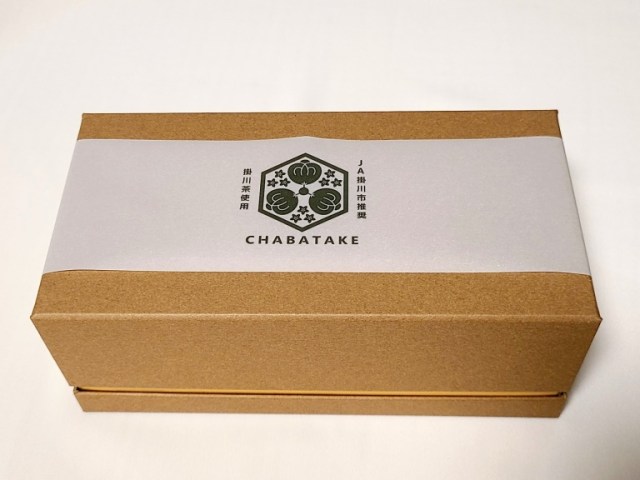
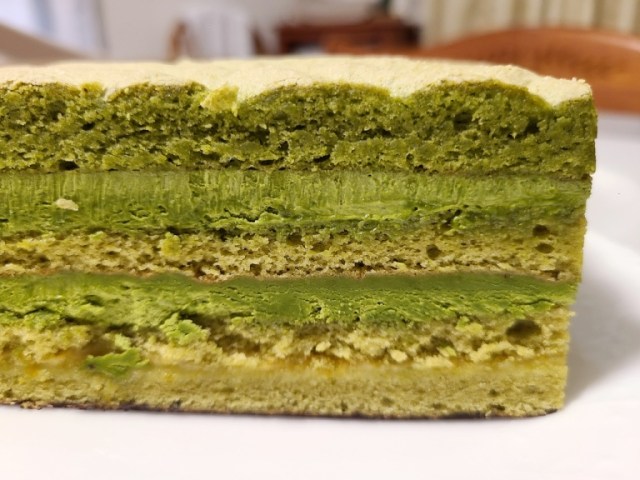
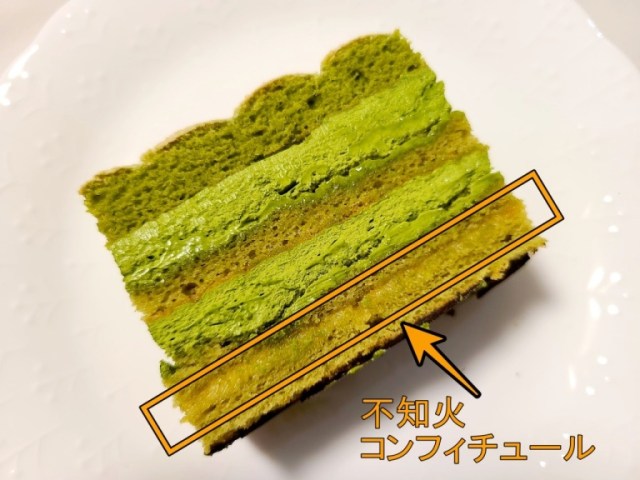
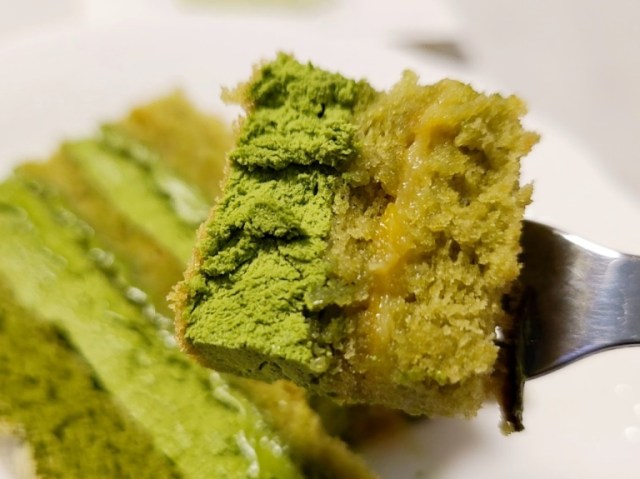
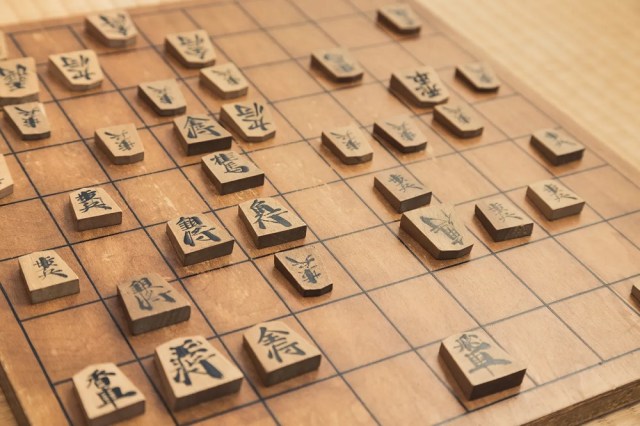
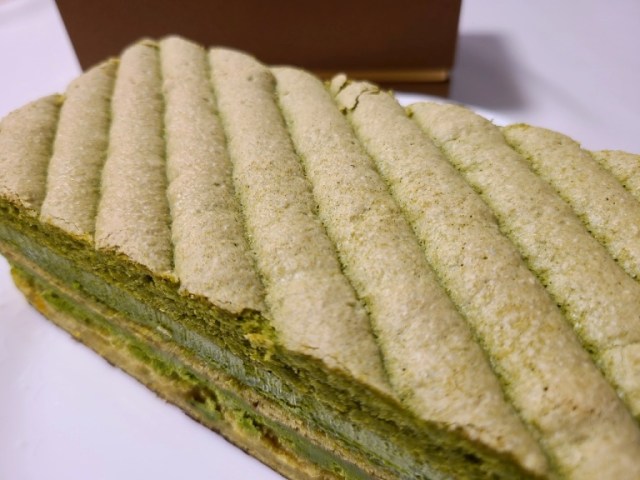
 Is Denny’s Japan’s new ultra-expensive Amaou strawberry parfait worth it?【Taste test】
Is Denny’s Japan’s new ultra-expensive Amaou strawberry parfait worth it?【Taste test】 Pikachu special kimono plushie is only available one way, hopes to spread love of Japanese chess
Pikachu special kimono plushie is only available one way, hopes to spread love of Japanese chess Cheap vs. expensive — Is a premium-priced tempura bento really worth it?【Taste test】
Cheap vs. expensive — Is a premium-priced tempura bento really worth it?【Taste test】 Figure skating, shogi prove real life can beat anime feats
Figure skating, shogi prove real life can beat anime feats Professional female shogi player wows Internet by cosplaying as cute anime shogi player
Professional female shogi player wows Internet by cosplaying as cute anime shogi player Japan’s new difficult-to-drink-from beer glass protects your liver, but it’s a brutal experience
Japan’s new difficult-to-drink-from beer glass protects your liver, but it’s a brutal experience Demon Slayer: Kimetsu no Yaiba gets new roller coaster attractions and food at Universal Studios Japan
Demon Slayer: Kimetsu no Yaiba gets new roller coaster attractions and food at Universal Studios Japan Come play hide-and-seek on a deserted Japanese island this August and November
Come play hide-and-seek on a deserted Japanese island this August and November Nintendo history you can feel – Super NES, N64, and GameCube controllers become capsule toys
Nintendo history you can feel – Super NES, N64, and GameCube controllers become capsule toys Turns out you can draw all four original starter Pokémon with just three colored pencils【Video】
Turns out you can draw all four original starter Pokémon with just three colored pencils【Video】 New Nintendo Lego kit is a beautiful piece of moving pixel art of Mario and Yoshi【Photos】
New Nintendo Lego kit is a beautiful piece of moving pixel art of Mario and Yoshi【Photos】 “The most Delicious Cup Noodle in history” – Japan’s French Cup Noodle wins our heart【Taste test】
“The most Delicious Cup Noodle in history” – Japan’s French Cup Noodle wins our heart【Taste test】 Studio Ghibli hair accessories keep your style tidy with help from Kiki, Moro, Calcifer, and more
Studio Ghibli hair accessories keep your style tidy with help from Kiki, Moro, Calcifer, and more Mr. Sato experiences the all-you-can-eat bread heaven…at Kamakura Pasta
Mr. Sato experiences the all-you-can-eat bread heaven…at Kamakura Pasta Live-action Spirited Away stage play is finally available for on-demand streaming
Live-action Spirited Away stage play is finally available for on-demand streaming Hello, cosmetics! Clinique teams up with Hello Kitty this summer for first-time collaboration
Hello, cosmetics! Clinique teams up with Hello Kitty this summer for first-time collaboration Starbucks releases a cute Frappuccino and Unicorn Cake…but not in Japan
Starbucks releases a cute Frappuccino and Unicorn Cake…but not in Japan Kyoto Tower mascot termination reveals dark side behind cute Japanese characters
Kyoto Tower mascot termination reveals dark side behind cute Japanese characters McDonald’s Japan’s Soft Twist Tower: A phantom ice cream only sold at select branches
McDonald’s Japan’s Soft Twist Tower: A phantom ice cream only sold at select branches Yabai Ramen: What makes this Japanese ramen so dangerous?
Yabai Ramen: What makes this Japanese ramen so dangerous? Finally! Nintendo Japan expands Switch 8-bit controller sales to everybody, Online member or not
Finally! Nintendo Japan expands Switch 8-bit controller sales to everybody, Online member or not Japanese government wants to build luxury resorts in all national parks for foreign tourists
Japanese government wants to build luxury resorts in all national parks for foreign tourists To combat declining birth rate, Japan to begin offering “Breeding Visas” to foreigners
To combat declining birth rate, Japan to begin offering “Breeding Visas” to foreigners 10 things you should buy at 7-Eleven in Japan
10 things you should buy at 7-Eleven in Japan Studio Ghibli releases anime heroine cosplay dresses that are super comfy to wear
Studio Ghibli releases anime heroine cosplay dresses that are super comfy to wear Woman charged for driving suitcase without a license in Osaka
Woman charged for driving suitcase without a license in Osaka Studio Ghibli unveils My Neighbour Totoro miniature house model
Studio Ghibli unveils My Neighbour Totoro miniature house model Kyoto experiencing problems with foreign tourists not paying for bus fares, but not on purpose
Kyoto experiencing problems with foreign tourists not paying for bus fares, but not on purpose Fighting mild hunger with a Japanese soda that turns into jelly in the stomach【Taste test】
Fighting mild hunger with a Japanese soda that turns into jelly in the stomach【Taste test】 Studio Ghibli’s Howl’s Moving Castle tapestry unveiled in Japan for first time
Studio Ghibli’s Howl’s Moving Castle tapestry unveiled in Japan for first time McDonald’s new Happy Meals offer up cute and practical Sanrio lifestyle goods
McDonald’s new Happy Meals offer up cute and practical Sanrio lifestyle goods Sales of Japan’s most convenient train ticket/shopping payment cards suspended indefinitely
Sales of Japan’s most convenient train ticket/shopping payment cards suspended indefinitely Sold-out Studio Ghibli desktop humidifiers are back so Totoro can help you through the dry season
Sold-out Studio Ghibli desktop humidifiers are back so Totoro can help you through the dry season Japanese government to make first change to romanization spelling rules since the 1950s
Japanese government to make first change to romanization spelling rules since the 1950s Foreigner’s request for help in Tokyo makes us sad for the state of society
Foreigner’s request for help in Tokyo makes us sad for the state of society Ghibli founders Toshio Suzuki and Hayao Miyazaki contribute to Japanese whisky Totoro label design
Ghibli founders Toshio Suzuki and Hayao Miyazaki contribute to Japanese whisky Totoro label design Doraemon found buried at sea as scene from 1993 anime becomes real life【Photos】
Doraemon found buried at sea as scene from 1993 anime becomes real life【Photos】 Tokyo’s most famous Starbucks is closed
Tokyo’s most famous Starbucks is closed Princesses, fruits, and blacksmiths: Study reveals the 30 most unusual family names in Japan
Princesses, fruits, and blacksmiths: Study reveals the 30 most unusual family names in Japan Japanese synchronised swimmer performs routine in the pool…with blue armpits【Video】
Japanese synchronised swimmer performs routine in the pool…with blue armpits【Video】 17-year-old professional shogi player Beni Taketama has netizens’ hearts locked in checkmate
17-year-old professional shogi player Beni Taketama has netizens’ hearts locked in checkmate Matcha Fair comes to Ikea with all things green tea
Matcha Fair comes to Ikea with all things green tea Starbucks Japan releases matcha scones and doughnuts with their new matcha Frappuccino
Starbucks Japan releases matcha scones and doughnuts with their new matcha Frappuccino This Kobe Beef croquette currently has a 35-year waitlist…So is it worth it?【Taste Test】
This Kobe Beef croquette currently has a 35-year waitlist…So is it worth it?【Taste Test】 Premium green tea from Kyoto meets fine chocolate — and it’s a match made in sweets heaven!
Premium green tea from Kyoto meets fine chocolate — and it’s a match made in sweets heaven! McDonald’s Japan releases matcha green tea cake, frappes and lattes for a limited time
McDonald’s Japan releases matcha green tea cake, frappes and lattes for a limited time Drink Green! We check out the amazing “Green Tea Party” presented by Isetan and Ito En! 【Pics】
Drink Green! We check out the amazing “Green Tea Party” presented by Isetan and Ito En! 【Pics】 Denny’s Japan teams up with Paris patissier for premium-price 50th anniversary sweets【Taste test】
Denny’s Japan teams up with Paris patissier for premium-price 50th anniversary sweets【Taste test】 Starbucks Japan’s Matcha & Crushed Almond Milk Tea Latte tastes better as a float
Starbucks Japan’s Matcha & Crushed Almond Milk Tea Latte tastes better as a float Starbucks Japan releases a surprise Chocolate Tea Cake Frappuccino【Taste Test】
Starbucks Japan releases a surprise Chocolate Tea Cake Frappuccino【Taste Test】 Starbucks adds new chewy matcha cake to its menu in Japan for New Year
Starbucks adds new chewy matcha cake to its menu in Japan for New Year Starbucks Japan’s Afternoon Tea Set: So popular it sells out in minutes
Starbucks Japan’s Afternoon Tea Set: So popular it sells out in minutes Starbucks’ new matcha cheese Frappuccino is here, but can this crazy combo work?【Taste test】
Starbucks’ new matcha cheese Frappuccino is here, but can this crazy combo work?【Taste test】 Starbucks releases special matcha Frappuccino made with Japan’s first matcha leaves of the year
Starbucks releases special matcha Frappuccino made with Japan’s first matcha leaves of the year
Leave a Reply